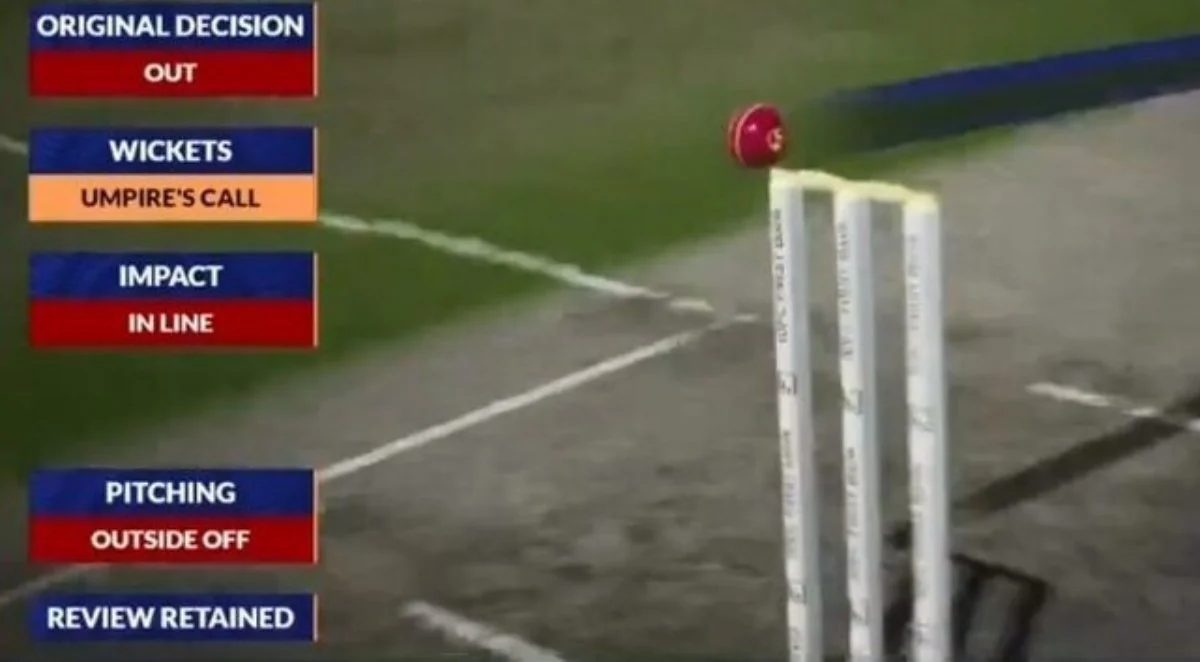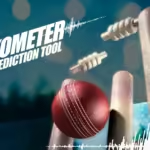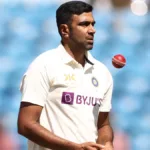Explore how Hawk-Eye era in IPL T20I is revolutionizing choice-making, fixing above-waist no-ball disputes, and enhancing accuracy in umpiring for a fairer cricket experience.
In modern day years, technology has emerge as an critical part of the cricketing international, with enhancements like Hawk-Eye gambling a crucial position in enhancing the accuracy of alternatives, presenting in-intensity participant assessment, and presenting an in depth view of the in form for lovers and analysts alike. Hawk-Eye, initially evolved to assist in line and duration analysis for tennis, has turn out to be vital in cricket, especially in making sure that picks associated with no-balls, deliveries, and overall overall performance are as accurate as viable.
Introduction to Hawk-Eye Technology
Hawk-Eye is a complicated ball-tracking gadget that uses multiple excessive-pace cameras placed across the floor to song the trajectory of the ball. This machine collects statistics on the ball’s velocity, trajectory, leap, and position relative to the stumps and gamers. Its most well-known software in cricket is in studying no-balls and LBWs, however it additionally extends to turning in more precise insights right into a bowler’s general overall performance and supporting in put up-match analyses.
The technology operates by using growing a 3-D illustration of the ball’s direction in real-time, considering the accurate prediction of consequences together with whether or no longer the ball may have hit the stumps in LBW eventualities or whether or not a no-ball has been bowled.
Hawk-Eye and the No-Ball Controversy
One of the most top notch contributions of Hawk-Eye era in modern cricket has been its role in resolving controversies round no-balls, particularly the elaborate issue of waist-excessive no-balls. Traditionally, adjudicating waist-excessive no-balls come to be a subjective call for the on-subject umpire. The introduction of Hawk-Eye has now removed plenty of this subjectivity, imparting clean and goal measurements that can be used to determine whether a no-ball end up bowled.
In the IPL, Hawk-Eye has been covered with era to degree the height of the ball within the intervening time it crosses the batter. This dimension is compared towards the batter’s peak—particularly the height of their waist when they are in an upright feature. The device ensures that if the ball is above the recorded waist peak, it is declared a no-ball. This improvement has minimized the range of debatable no-ball selections, improving the accuracy of officiating.
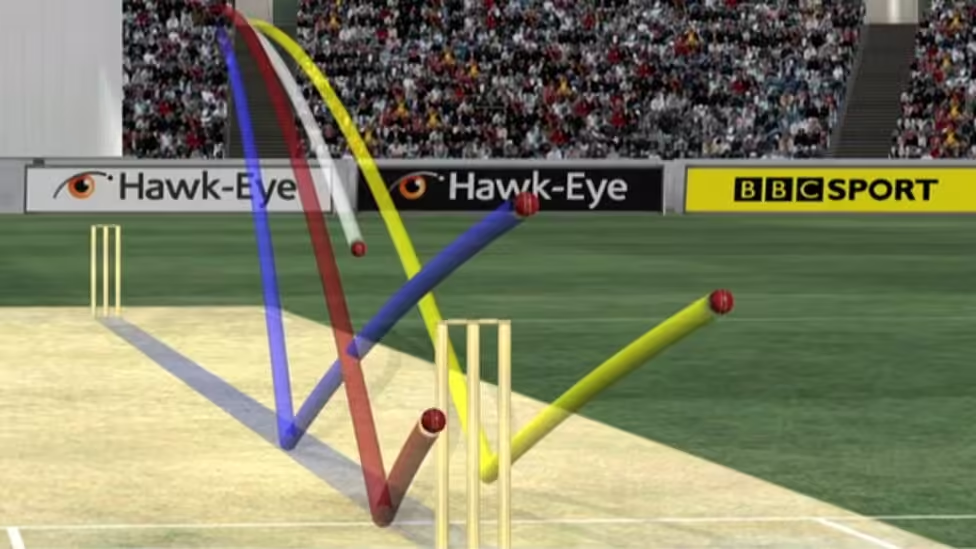
A working example passed off in the course of a in shape between Mumbai Indians and Sunrisers Hyderabad. Gerald Coetzee, a quick bowler for Mumbai Indians, bowled a excessive complete-toss that became measured at 1.Forty four meters, which emerge as 0.Forty two cm better than the recorded waist top of batter Abhishek Sharma. Despite the ball being outside the road of the off-stump, Hawk-Eye’s computerized gadget showed the no-ball, and the choice changed into upheld.
The computerized nature of this system—in which the 1/3 umpire has no position in reviewing top-related selections—ensures that the procedure is short and loose from human bias or mistakes. This technology has been a game-changer for the IPL, specially in eliminating the controversies that have plagued beyond seasons even as no-balls had been debated for hours.
The Role of Hawk-Eye in Bowling Analysis
Beyond adjudicating no-balls, Hawk-Eye offers large insights right into a bowler’s performance. The gadget presents an intensive assessment of a bowler’s line, length, tempo, swing, and variations. At the stop of an over, it’s far common to see a graphical illustration of the bowler’s six deliveries, highlighting versions along with slower balls, bouncers, and cutters. This information isn’t always simply beneficial for coaches and analysts but moreover offers enthusiasts with a more engaging viewing experience.
The Hawk-Eye tool tracks the rate of the ball, the trajectory, and its leap at the pitch, thinking of a comprehensive understanding of a bowler’s behavior. During the path of a healthy, the era moreover builds a file of a bowler’s performance, tracking their financial system price, wickets taken, and everyday effectiveness. This can help organizations strategize in opposition to a bowler’s strengths and weaknesses.
For instance, the device can show a bowler’s sample in the course of a series of overs, revealing how they’re seeking to regulate their line or length based totally on the batter’s dispositions. Coaches use this statistics to suggest tweaks in technique, even as captains would probable use it to make tactical choices, which includes whether or not or now not to replace up the bowler’s perspective or tempo.
Hawk-Eye and Batting Performance Analysis
While a number of Hawk-Eye’s cognizance is on bowling, the generation is similarly useful in assessing batting overall performance. Hawk-Eye can track an appropriate area wherein a ball pitches, the speed of the shipping from the bowler’s hand, and the way the batter responds to those elements.
By developing a 2D visual representation of the batter, Hawk-Eye presentations coloured dots indicating the balls faced by means of the batter. These dots are shade-coded based on the outcome of the shipping, inclusive of runs scored, limitations hit, or dot balls. This allows analysts to gain a deep knowledge of a batter’s shot choice, timing, and the regions of the sector they’re most snug scoring in.
Batsmen can use Hawk-Eye records to assess their method and make improvements. For example, if a batter is coping with a chain of deliveries in a selected place of the pitch, they may look at the data to art work on their footwork and shot choice.
Hawk-Eye in Decision-Making: Umpires and the Third Umpire
Hawk-Eye has end up an critical part of cricket’s decision-making way. Whether it’s LBWs, no-balls, or monitoring deliveries, the technology offers a comprehensive evaluation that helps the on-subject umpires in making picks. However, regardless of its accuracy, Hawk-Eye is not a replacement for umpires but as an alternative an resource to their selection-making.
For example, in some situations, the 1/three umpire reviews an on-challenge choice the usage of Hawk-Eye information. If an on-vicinity umpire calls a no-ball or LBW, the 0.33 umpire can brief take a look at the Hawk-Eye statistics to confirm or overturn the selection. This enables eliminate errors that might be made because of the constrained perspective of the on-subject umpires or the fee of the suit.
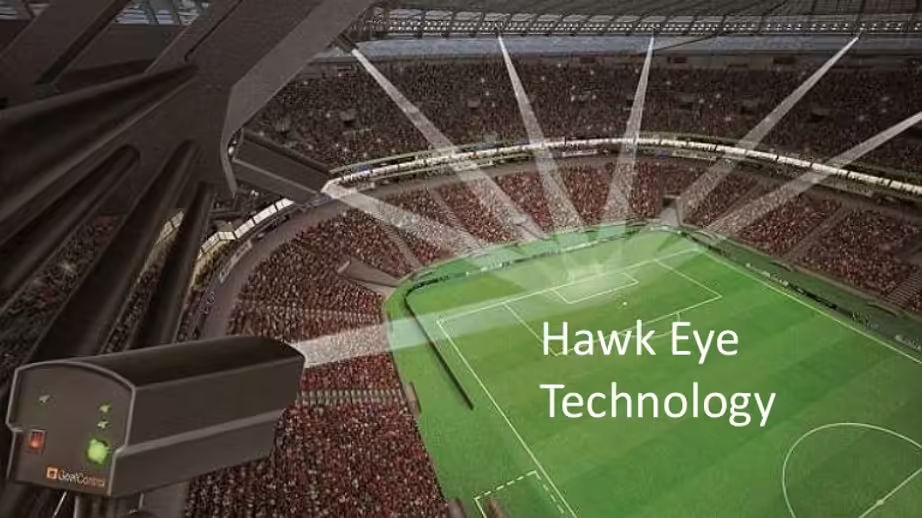
In the IPL, the third umpire has no direct role inside the evaluation of waist-immoderate no-balls, due to the fact the measurements are processed mechanically through Hawk-Eye. This is an example of the way generation can streamline choice-making, imparting consistency and accuracy, and lowering human mistakes.
Future of Hawk-Eye in Cricket
As technology maintains to enhance, the capability packages of Hawk-Eye in cricket will best grow. The future could likely see even more targeted analytics that could embody better predictions for bat-ball interactions, player fatigue monitoring, and actual-time optimization of crew strategies.
Further integration with other technology, along with sensors within the bat or wearables at the gamers, have to provide even deeper insights into the biomechanics of gamers. This may allow for more personalised training and normal overall performance analysis, in the end raising the volume of play in professional cricket.
Conclusion
Hawk-Eye technology has come to be a cornerstone of contemporary-day cricket, in particular in enhancing the accuracy of alternatives and providing deeper insights into participant overall performance. In the IPL, its impact is maximum seen in adjudicating no-balls, however its capability goes a protracted way past that. By providing wonderful evaluation of a bowler’s deliveries, a batter’s overall performance, and usual in shape dynamics, Hawk-Eye is reworking how the sport is executed, analyzed, and taken into consideration.
The persevered evolution of Hawk-Eye and comparable era will shape the destiny of cricket, making it extra correct, truthful, and appealing for game enthusiasts, coaches, analysts, and lovers alike.
